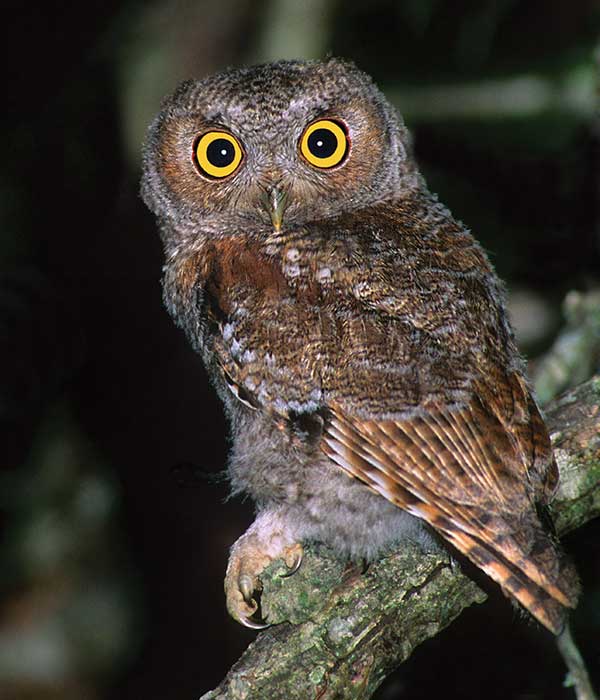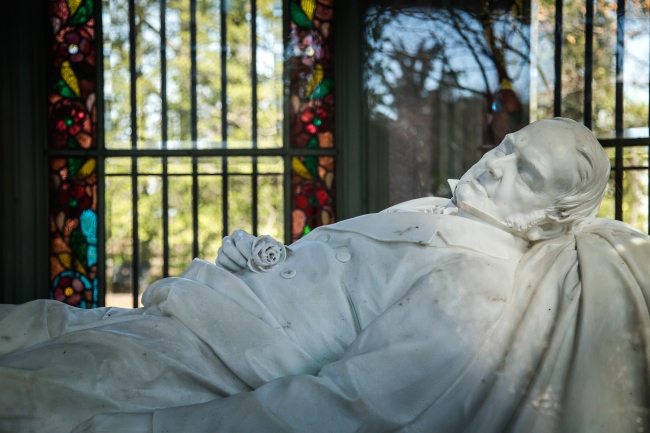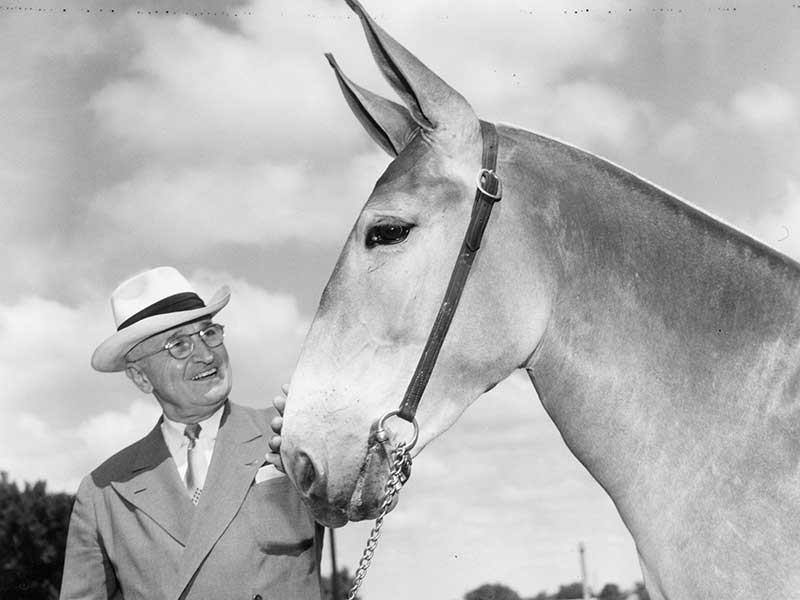In the evening hours on a day in early March when temperatures reach the upper fifties or the lower sixties, certain lucky Missourians, who, weary from another long winter, have ventured outdoors, will hear a familiar sound: tree frogs. The dulcet high-pitched call of these frogs, or peepers, as they’re often called, acts as a kind of assurance that spring will arrive in due time.
By contrast, in the middle of a winter night, Missourians who dwell near forested areas may hear the plaintive call of a great horned owl echoing over the snowdrifts from somewhere deep within the woods.
This time of year, you may be apt to hear the howls of gathering coyotes and their pups who are leaving their dens, joining their parents on the hunt for the first time. Although you may have heard the sounds of these nighttime animals, it’s less likely that you’ve seen them up close.
Luckily for all of us, the very talented photographers at the Missouri Department of Conservation as well as Matt Miles, author of Missouri: Wild and Wonderful, have captured these up-close-and-personal shots featuring creatures of the night.
Eastern Screech and Saw-Whet Owls

Coyote

Southern Flying Squirrel

Gray Tree Frog

Short-Eared Owl

Bobcat

Photos // Matt Miles, Missouri Department of Conservation
Related Posts
May 20, 1876
The St. Louis Globe merged with the St. Louis Democrat and, on this day, the first issue of the Globe-Democrat was sold.
May 4, 1819
On this day nineteen-year-old Henry Shaw arrived in Missouri. He stepped off the steamboat Maid of Orleans, made a fortune, then retired to look for ways to use his money helping people.
May 31, 1995
The Missouri mule was named Missouri's official state animal.



